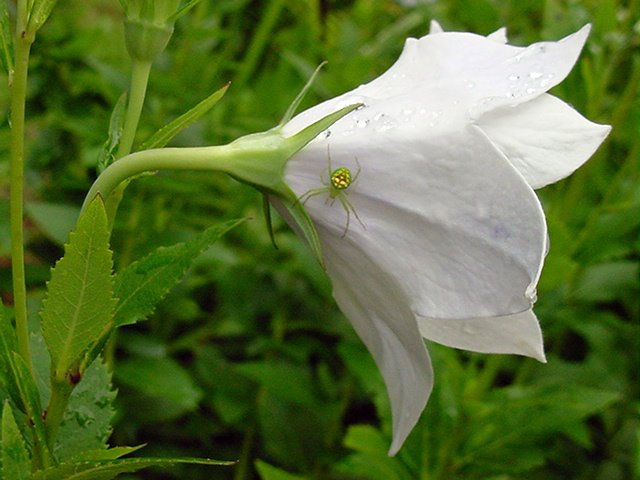 My third, and last, camellia is finally in bloom. This one is from my father. He has spent years cultivating camellias - from cuttings and seed. He has more patience and talent in these areas than me. What a beauty it is with a little splash of white in the center. This is my first year with camellias and, having followed his growing directions and advice, I'm hooked.
My third, and last, camellia is finally in bloom. This one is from my father. He has spent years cultivating camellias - from cuttings and seed. He has more patience and talent in these areas than me. What a beauty it is with a little splash of white in the center. This is my first year with camellias and, having followed his growing directions and advice, I'm hooked. We had a beautiful day yesterday. I was able to get out for a walk without gloves and heavy winter coat and smelled spring on the breeze when it wasn't coming off the snow banks to the west. A warmth came from the sun that had some substance to it. Today, though, the gloves and coat were back on and the walk much shorter with another storm predicted for tomorrow and Monday. We're all tired of winter and it's hardly over yet it seems.




























